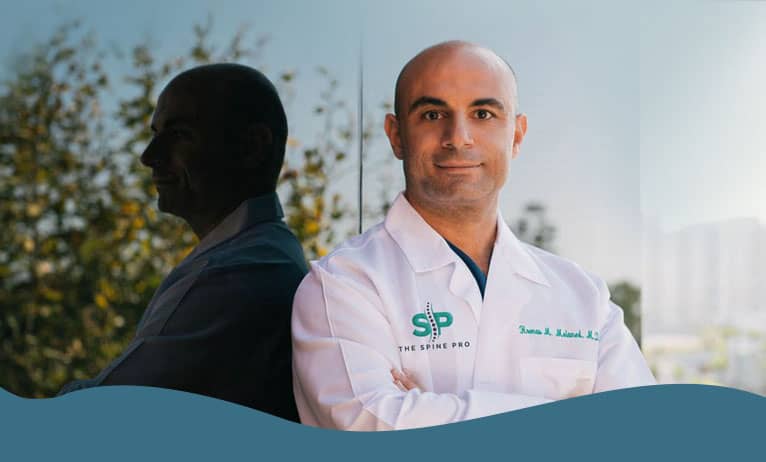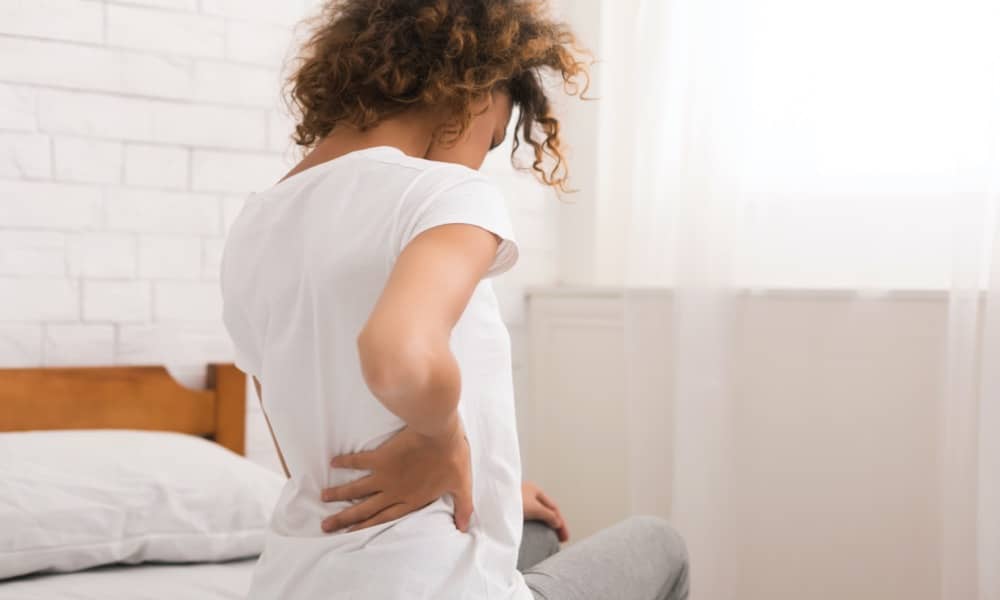Understanding More about the Types of Scoliosis
Scoliosis is an abnormal sideways curvature of the spine that can cause back pain and other severe issues. Learning more about scoliosis will allow you to be on the lookout for symptoms that you or your children may have, so you can talk with your doctor about treatment options, if needed. Idiopathic scoliosis is the most common type and its cause is unknown, although there is evidence pointing to it being inherited. Neuromuscular scoliosis is the result of abnormal muscles or nerves in the back and is often seen in those with spina bifida and other conditions. Degenerative scoliosis results from bone collapse due to injury or previous back surgery. Talking with your doctor or spine specialist about your family and medical history will help you learn more about the chances of possibly having scoliosis. How is Scoliosis Diagnosed? Most often, any abnormal curvature in the spine will be first detected by a screening exam in school or by your child’s pediatrician or family doctor. To diagnose scoliosis, your doctor will examine your spine, hips, shoulders, legs and rib cage for any alignment issues. If a screener at school believes your child may have scoliosis, your doctor can confirm the diagnosis and determine the degree of spinal curvature following an X-ray. There may be no need for treatment in terms of physical therapy or rehabilitation if the scoliosis is deemed to be non-severe. However, your doctor may suggest the use of a back brace to prevent the curve from progressing. For scoliosis where the degree of curvature exceeds 40-50 degrees, surgery is seriously considered. While this route will not perfectly straighten the spine, it will help ensure that the curve does not get worse. If you have any questions about scoliosis, be sure to talk with your spine professional.






